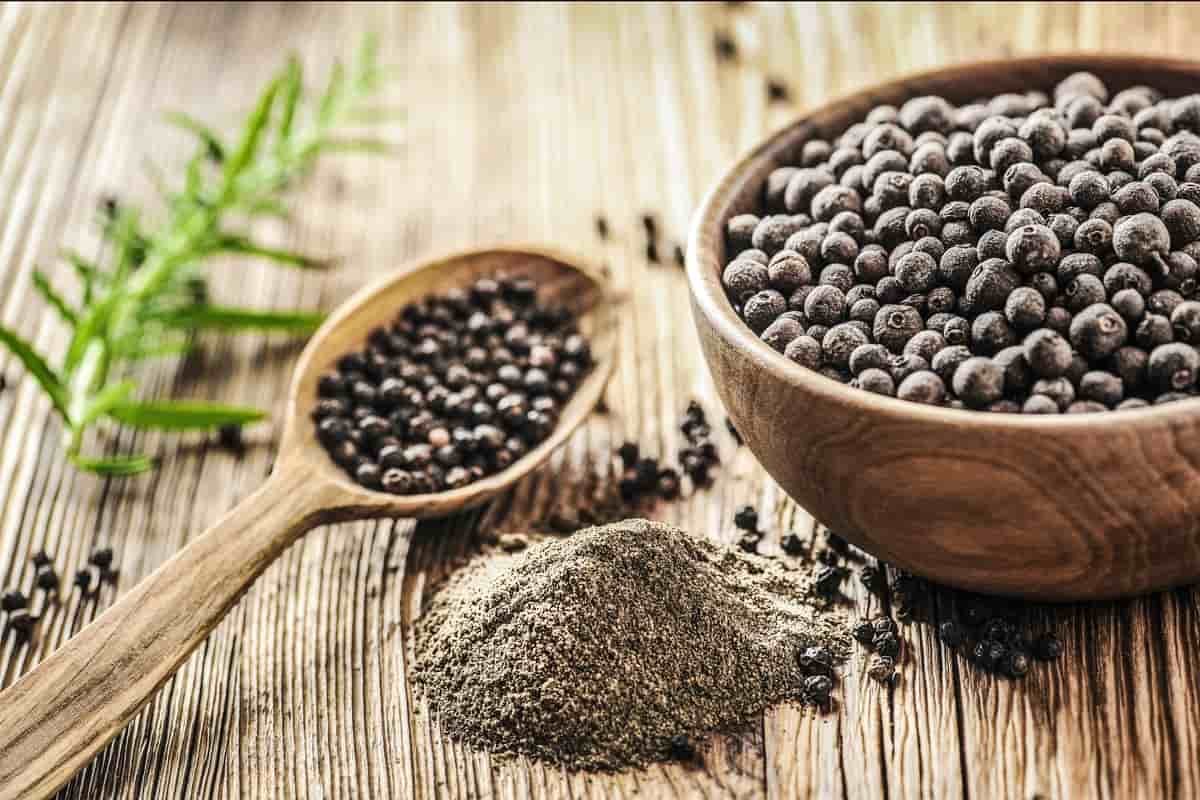Scientific Name: Piper nigrum
English Name: Black Pepper
Botanical Description
Black pepper is a perennial climbing plant that can grow up to 5 meters in height. It has large oval leaves, white flowers arranged in spikes or clusters, and round fruits. The plant is cultivated for its seed-covered fruits, which are typically dried and used as a seasoning and spice.
Types of Black Pepper
Black Pepper: Dried unripe fruits.
White Pepper: Ripe fruits with the outer skin removed.
Green Pepper: Unripe fruits preserved by freezing or pickling.
Red Pepper: Dried ripe fruits.
Health Benefits and Medicinal Uses
Digestive Stimulation: Helps in the secretion of digestive juices.
Antioxidant Properties: Contains compounds that protect cells from damage.
Enhanced Absorption: Increases the effectiveness of certain drugs and supplements.
Cultivation Methods
Black pepper thrives in tropical regions with high humidity and well-drained fertile soil. It requires support for vertical growth, such as trees or stakes.
Part Used as Medicine
The fruits (peppercorns) are used as a spice and for medicinal applications.
Planting Season
Black pepper seedlings are planted during the rainy season to ensure adequate moisture for growth.
Active Compounds
Black pepper contains piperine, which is responsible for its pungent flavor and various health benefits.
Export details worldwide
Type: Whole& Powder
Origin: Egypt
Packaging: Sack bags.
Sack weight: 25 kg or 50 kg.
Weighing, packaging, and packing: Automated.

Whole & Powder Black Pepper




